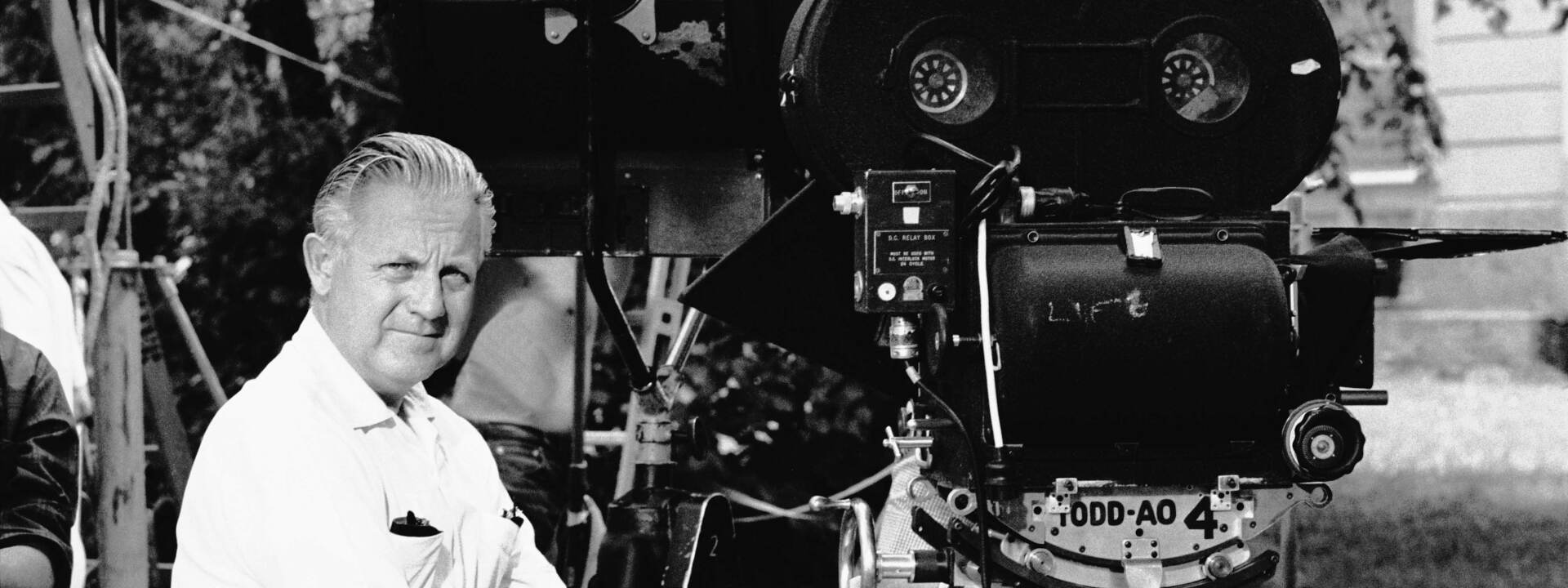
The Making of the Movie
How the story of the Trapp Family came to the theatre screens in The Sound of Music
The film "The Sound of Music" tells the story of the Trapp family, who lived in Salzburg, but had to flee from the Nazis to the USA before World War II. When the movie hit cinemas in 1965, it was a blockbuster from the beginning and won five Academy Awards after being nominated in ten categories. For millions of people from all over the world the film is an intriguing combination of a moving story, musical elements and scenes set in the breath-taking landscapes of Salzburg. Even today, the movie is one of the three most successful productions of all time and ever popular among fans.
For millions of people from all over the world the film is an intriguing combination of a moving story, musical elements and scenes set in the breath-taking landscapes of Salzburg
The Plot
Maria, a novice in a strict Salzburg Abbey, loves the majestic landscape of the Alps and often forgets about her religious duties while hiking on “her” hills. Mother Abbess, a very wise woman, thinks Maria might be better suited for life outside of the convent and decides to send her to Captain von Trapp's villa to work as a governess for his seven children.
Upon arriving at the villa, Maria is surprised at the military discipline to which the children are held by their father, an aristocratic and widowed naval officer. She discovers, that she is the latest of many governesses the children have already driven away. Maria takes a different approach with the children. Instead of educating them, she introduces music to their lives, teaching them how to sing and play and laugh - and so, is rewarded with the children’s sympathy and love.
A puppet show, staged by the children for their father, is the first step towards a blooming love between Maria and the Baron. Only a few days later, however, the Captain presents Baroness Schroeder as his fiancée to his children. During a ball, the Captain and Maria stage a folklore dance for the audience and - while dancing - discover their feelings for each other. Baroness Schroeder encourages Maria to leave the Trapp Villa at once. She flees to the convent.
The children soon feel Maria's loss and think about ways to get her to come back, while the Captain decides to marry Baroness Schroeder. Maria, back in the convent, confesses her love for the Captain and the wise Mother Abbess makes her “Climb evry mountain” for her love. She hurries back to the Trapp Villa only to find the Captain set on the marriage. The Baroness, however, recognises the true love between the Captain and Maria and leaves. Accompanied by the seven children, Maria marries the man she loves in the Abbey where she had wanted to become a nun. Then, fate strikes.
When they return from their honeymoon, the Nazis have already occupied Austria. The Captain plans to escape from forced naval service and sees his opportunity: The whole family takes part in a chorus festival at the Salzburg Festival Hall. This is when the captain sings his “Edelweiss”, a contribution to his beloved country - hours before leaving it forever. The von Trapps make a dramatic escape after hiding in the Abbey cemetery.
The final scene sees the Trapp family climbing the Alps to safely reach Switzerland - the dawn, symbolizing their new life ahead. The family's narrow escape over the mountains to Switzerland on the eve of World War II provides one of the most thrilling and inspirational finales ever presented in the theatre.
Experience the original film locations from the cult film "The Sound of Music"!
With the famous Original Sound of Music Tour®, you can follow in the footsteps of the Trapp family amidst the stunning scenery of Salzburg in Austria.
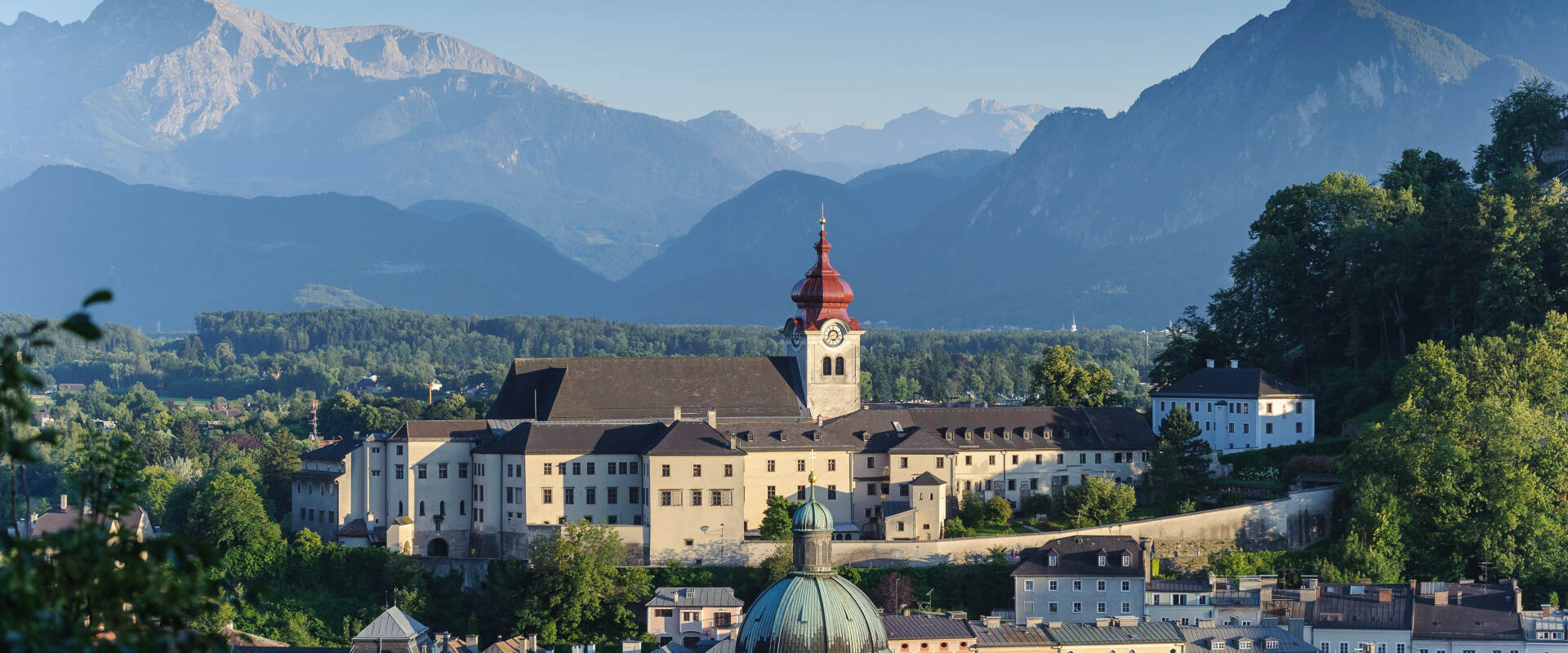
The Making of the Movie
After fleeing to the United States before World War II, the family became highly successful as the "Trapp Family Singers" with their concerts and tours. Maria von Trapp was soon urged by book publishers to write down her personal memoires and those of the family choir. After initial hesitation the story of Maria von Trapp was printed in 1949. Her book "The Story of the Trapp Family Singers" became one of the most popular books in the United States. Only in 1952 was the German version published in the German speaking part of Europe under the title "Vom Kloster zum Welterfolg" - "from the cloister to world renown".
Despite earlier concert trips to Austria and sending relief charity parcels to war stricken families after WWII, the family was practically unknown, but this book raised their popularity.
The touching story of the novice taking loving care of harl orphans and becoming a Baroness woke the interest of a German film company who produced two films - "The Trapp Family" (1956) and subsequently "The Trapp Family in Amerika" (1958).
Maria was actively involved in the writing of the screen plays of both films, so that they would give an accurate picture of what really happened in the eventful life of the Baron's family.
Both films became box office successes in Germany and Austria, partly due to famous actors in the leading roles; Ruth Leuwerick as Maria von Trapp, Hans Holt as Baron von Trapp and Joseph Meinrad as Dr. Wasner. They fell under the genre of "Heimatfilm" (film with regional background) that were extremely popular in the post-war German speaking world.
In the 50s, musicals were booming in the USA. Shows like "My Fair Lady" or "Guys and Dolls" ran for years on Broadway and writers and composers were always looking for new stories to tell. Unsurprisingly, they came across Maria's memoirs and in 1958 the successful Rodgers & Hammerstein team began working on the new musical "The Sound of Music". The Broadway production premiered in 1959 and run successfully for three years with 1443 performances.
This brilliant success lead to Hollywood producers wanting to film the musical. The screen play was again based on the memoires of the Baroness von Trapp. They had bought the film rights from German film producers and it is known that Maria had not made a lot of profit from the first films and did not profit from the later success of the Sound of Music. Some of the scenes in the movie are reminiscient of the original direction of the German colleagues, although the Sound of Music strays relatively far from the true story. This upsets the Trapp purists, but it did not harm the continuing world wide success of the movie and its catchy tunes.
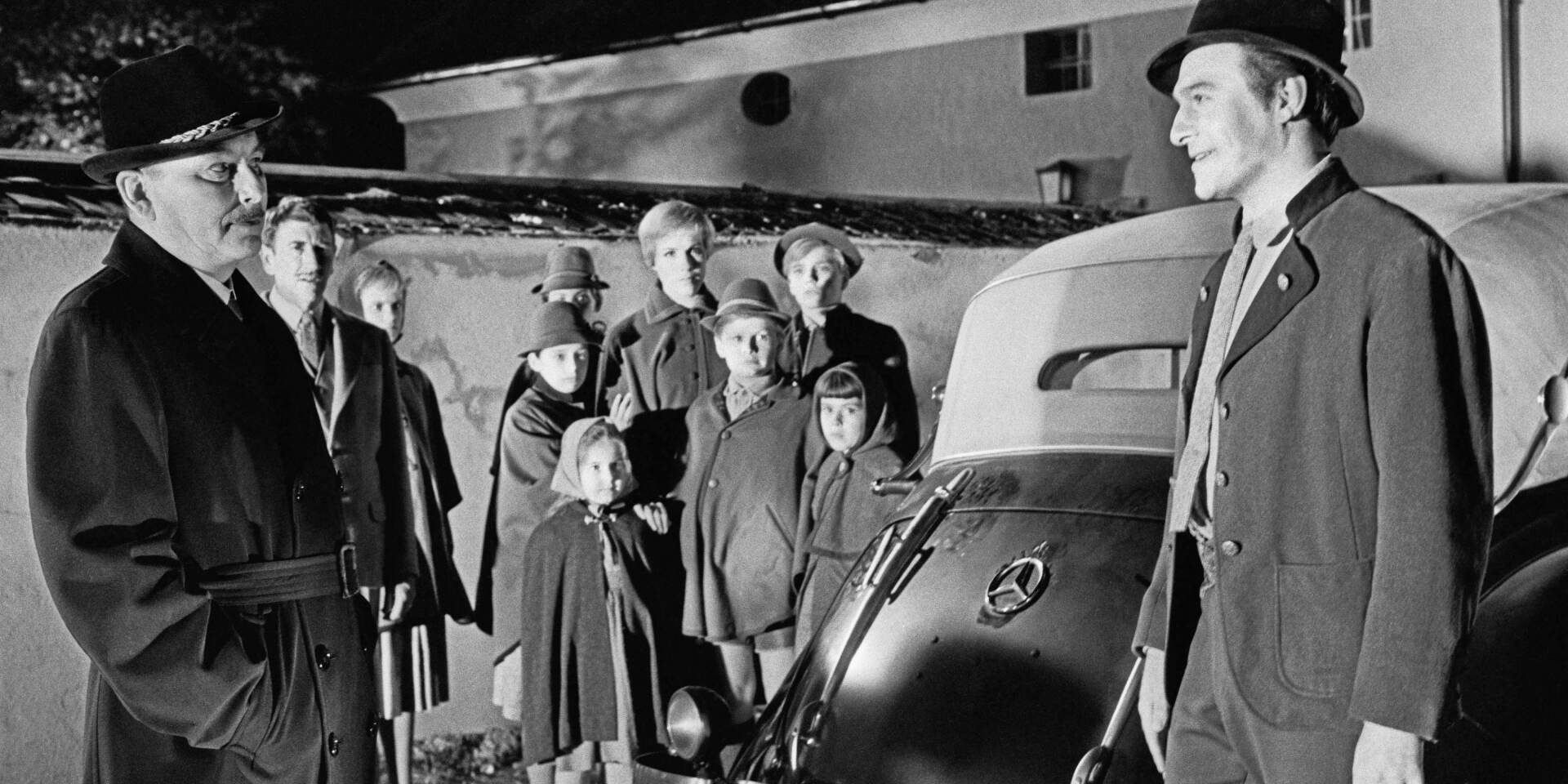
The Production
Location scouting in Salzburg began in 1963 and filming on location started in early spring of 1964. Robert Wise had planned to spend six weeks shooting on location as flights and accommodation for over 250 crew members, technicians, camera men, stage hands, architects and actors were extremely expensive and there were even more technicians coming from Munich, Germany. The schedule was quite tight. The only thing that could not be planned was the weather, and as Salzburg is notrious for rain, the scheduled six weeks had to turn into eleven.
During location scouting the following sets were chosen: Frohnburg Castle, a 17th century castle on the outskirts of the city, for the front courtyard. Today, the castle houses students of the Mozarteum Music Academy. Leopoldskron Castle was chosen for scenes on the lake with the garden and the terrace leading down to the water. This castle belongs to the Salzburg Seminar and is used for international seminars and conferences.
When the weather was bad the crew could shoot in covered sets. One was St. Margarethen Chapel (e.g. for the beginning scene when the nuns pray) and the other were studios in nearby Parsch.
The company was housed in four hotels: Wise and Andrews stayed at the “Österreichischer Hof (today Hotel Sacher)”, the children at the “Park Mirabell”, Plummer and the nuns at the “Bristol” and the rest of the crew up at the “Winkler”. The production office was in the Dürer Studios, make-up and hairdressing at the Bristol. The working schedule was six days a week.
"Do-Re-Mi, ” - which was rehearsed in the Fox Studios beforehand - was shot all over the city, sometimes leaving the bypassers wondering where all the loud music was coming from. One of the hardest things for Julie Andrews in this scene was that she was not capable of playing the guitar and singing at the same time. Once, when the producer got really angry, Andrews took a glass of “firewater” - pure Austrian Schnapps - and everything went well!
The main meeting spot for the actors' off-screen time turned out to be the bar at the Bristol. There were big crew parties almost every night. Plummer's nights at the bar became infamous but the next morning he acted with as much professionalism as usual.
Julie Andrews felt slightly isolated as she had to take care of her 18-month-old daughter in the evenings and could not go out as often as she wanted.
The children behaved very well during their strenuous film work, but loved to play tricks and pranks on people during their free time. Sometimes, when their mothers were away, they threw things from the hotel windows on unsuspecting bypassers. One of their famous jokes was taking all the shoes on the second floor—which had been put outside the hotelroom doors to be polished—and exchanging them with those from the third floor. That made for quite a chaos the next morning! The hotel wanted them to leave after the shoe joke and it was Robert Wise who calmed them all down.
For the children, Salzburg was quite an adventure. During their free time, their teacher, Jean Seaman, showed them the sights and taught them German. The attraction they liked most were the trick water fountains at Hellbrunn Palace, where they laughed a lot while getting wet from unexpected angles.
Kym Karath has some frightening memories of the filming. During the boat scene on the lake, the children had to fall out of the boat. Karath could not swim. Julie Andrews was supposed to catch her, but what went well in the first take, went wrong in the second one: Julie went off the wrong side of the boat and Alan Callow had to jump in to save the little star.
During the shooting another problem arose: the children were growing, some more than the others. Charmian Carr, who played "Liesl" did not, so to keep up the continuity she had to stand on an apple box in the end. In her free time, she worked on a documentary of the filming of The Sound of Music which was used as a trailer in the theatres before the release of the film.
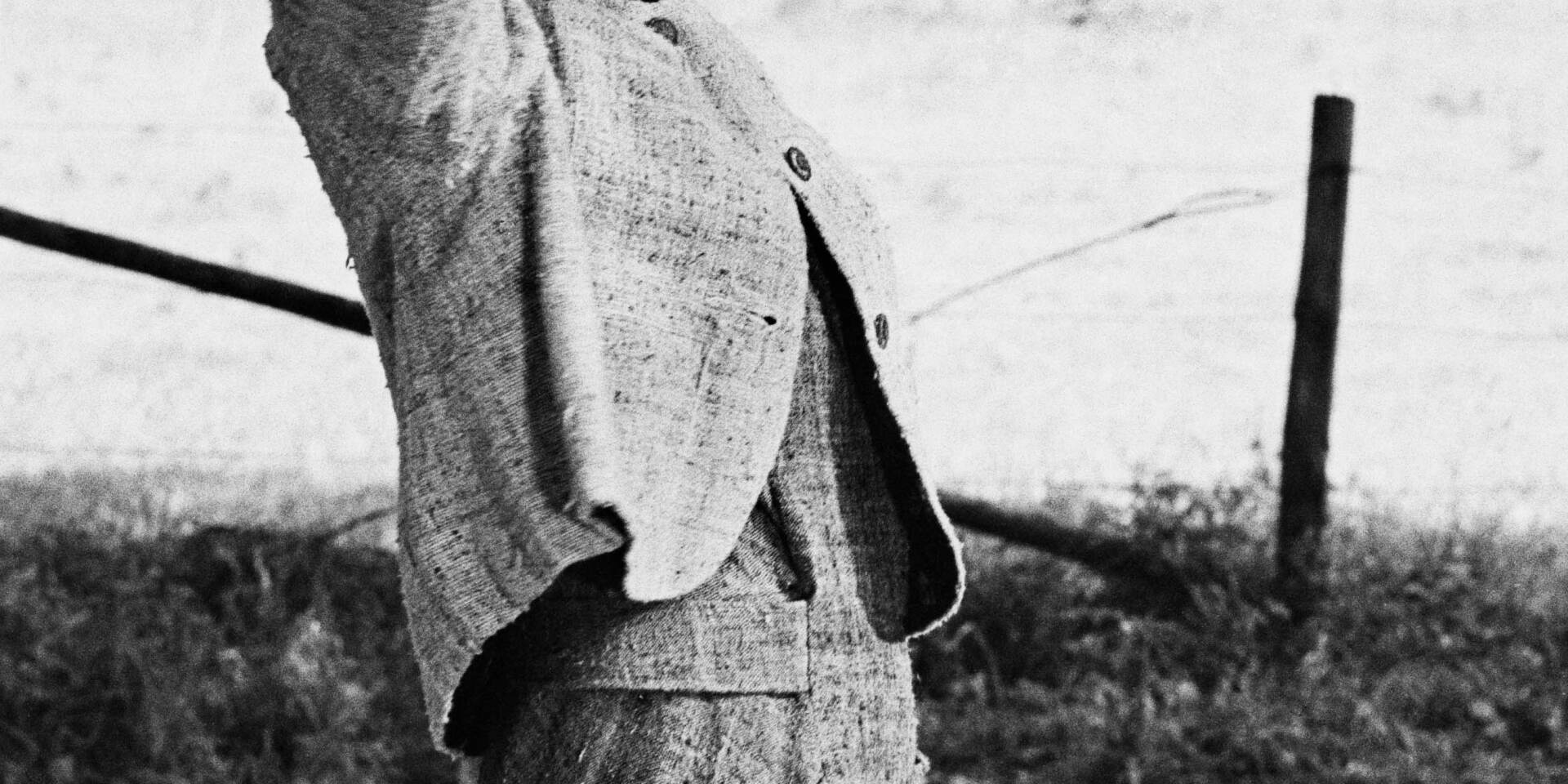
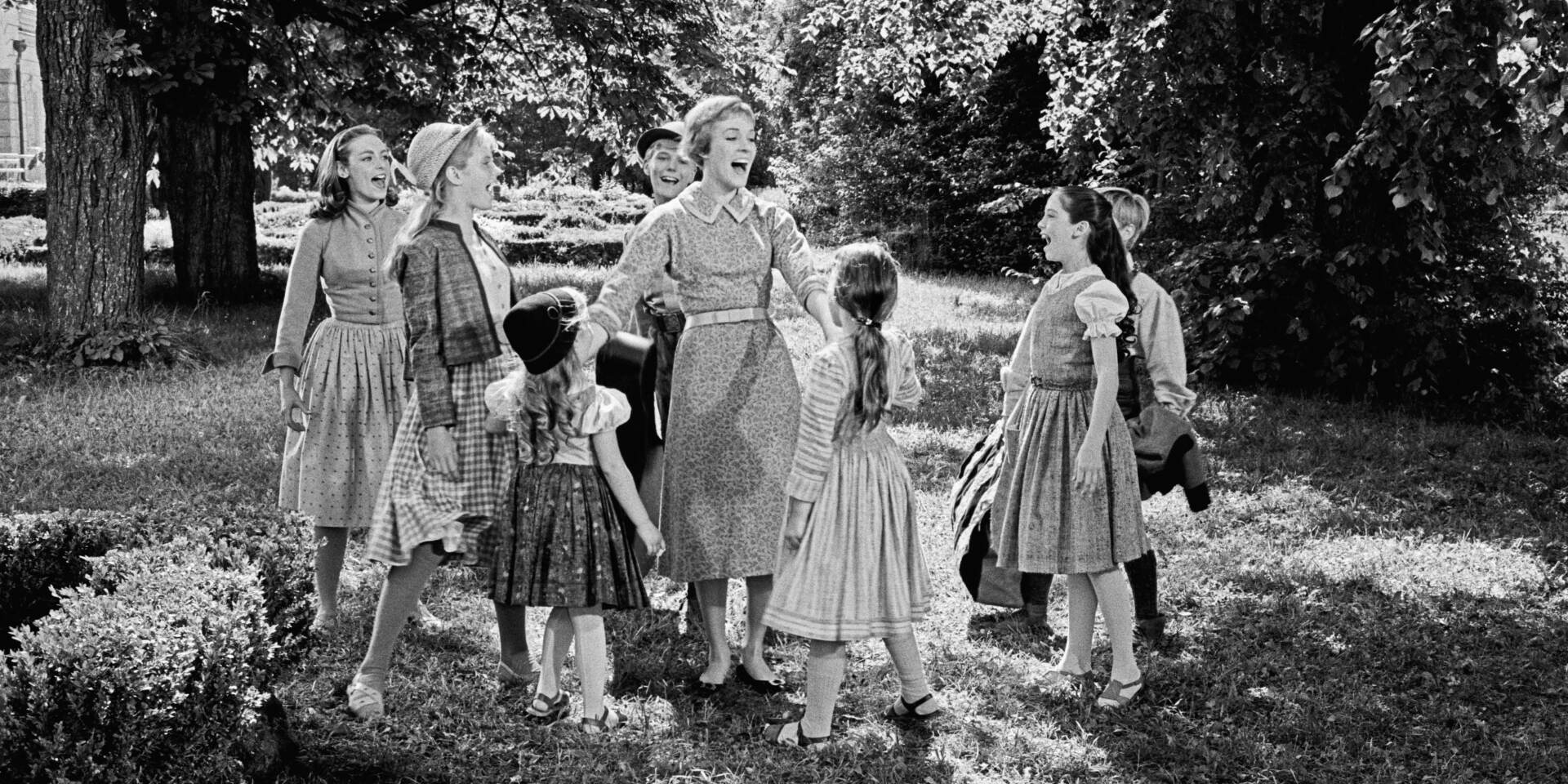
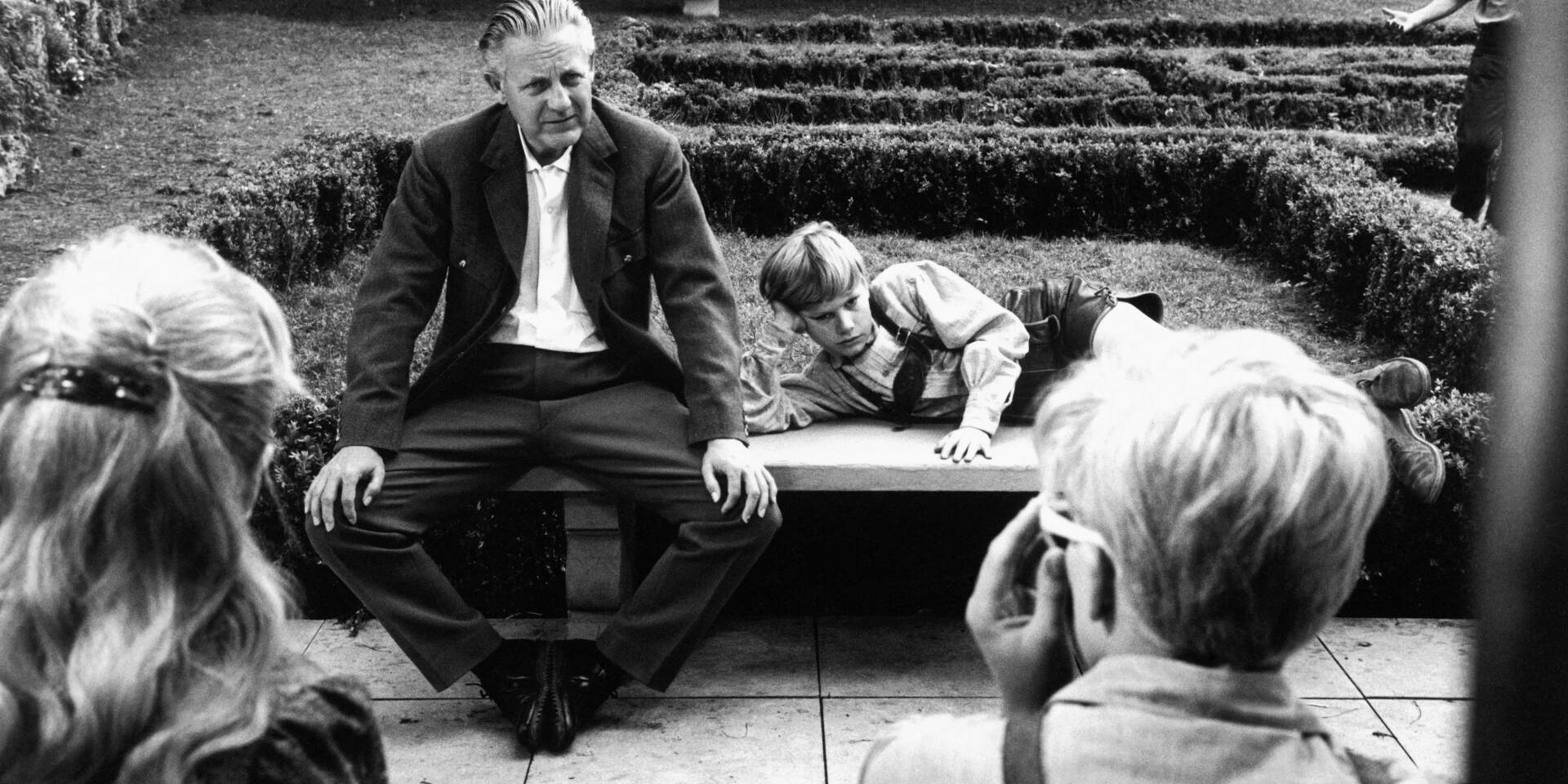
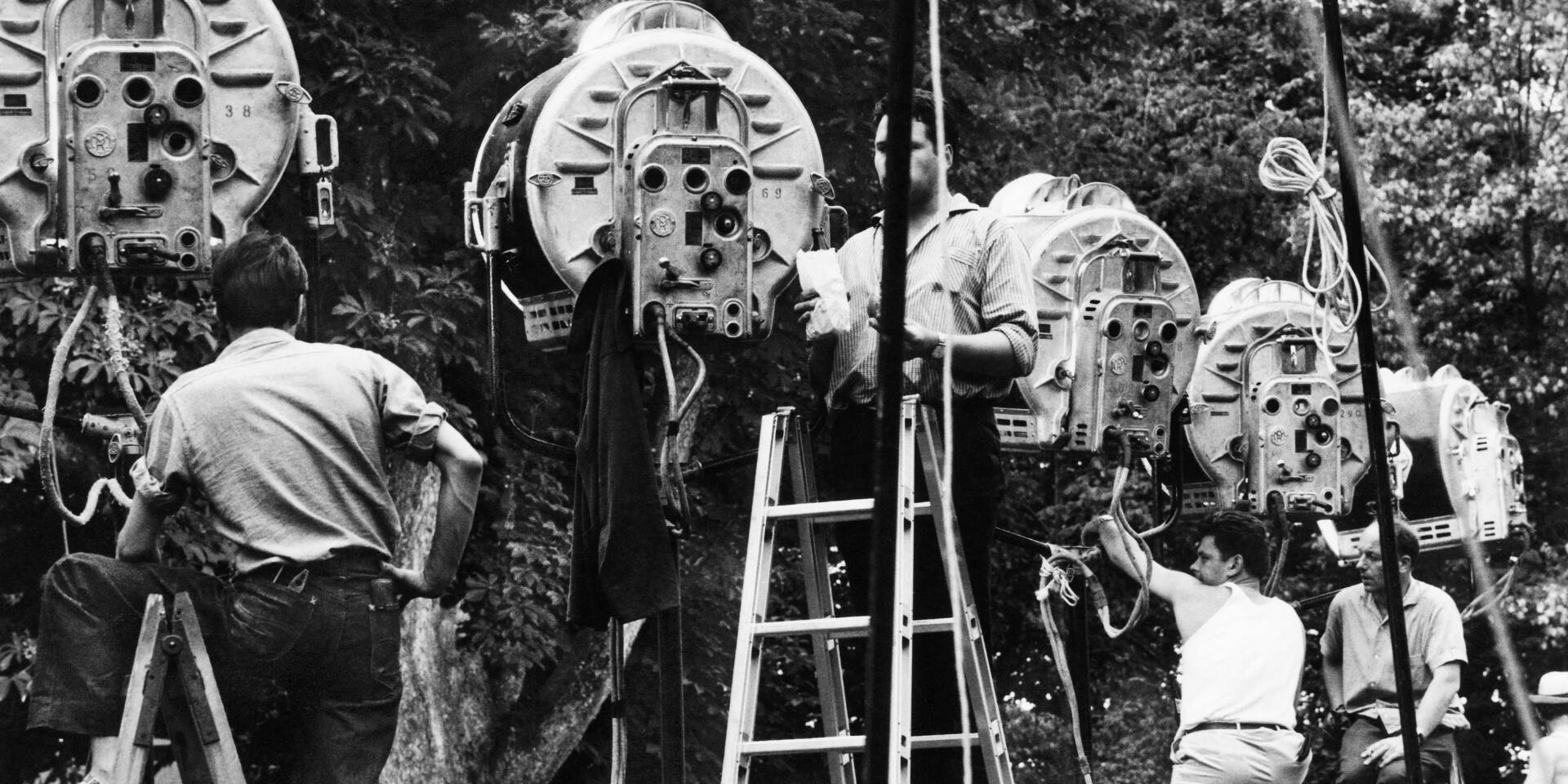
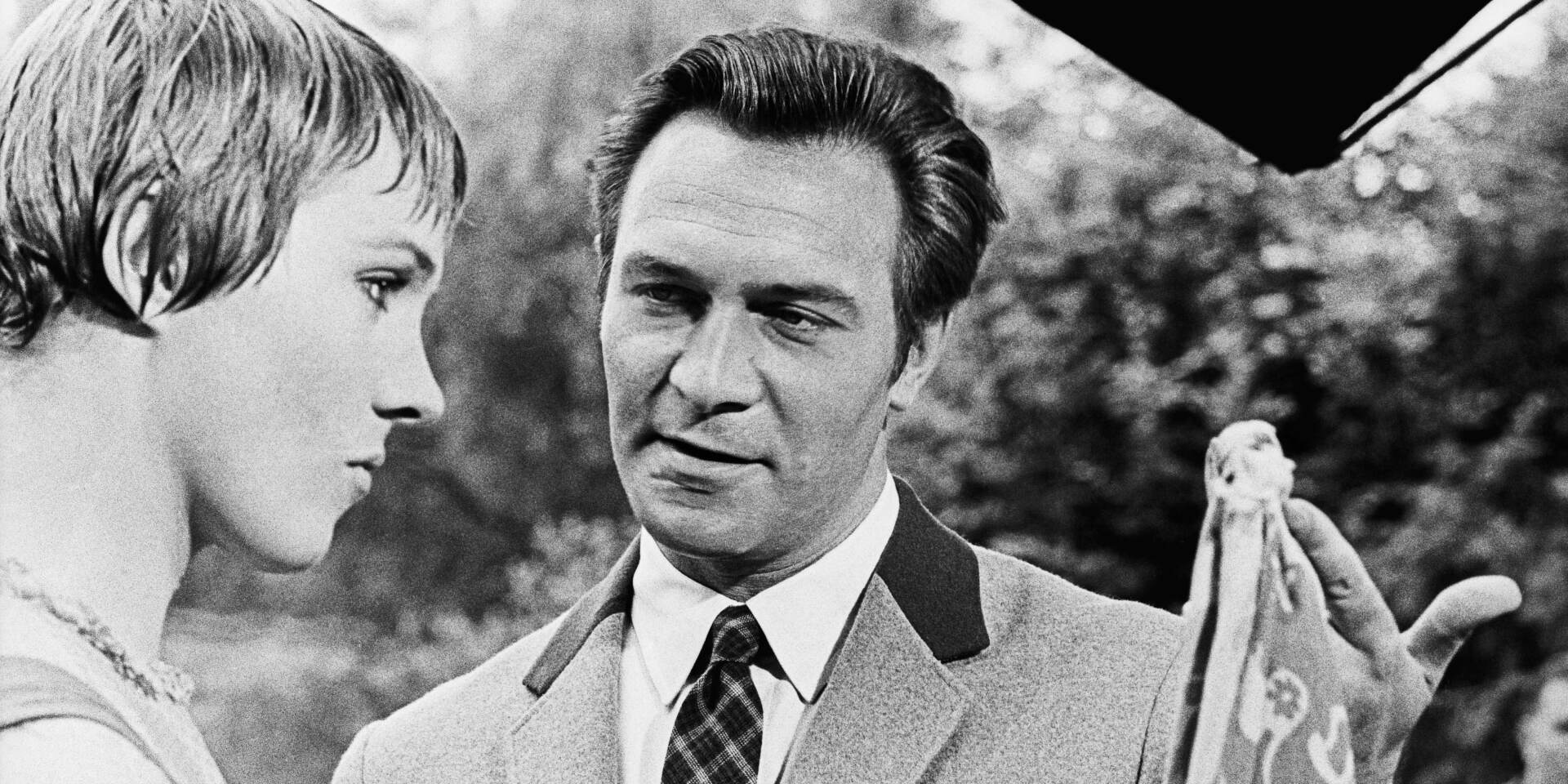

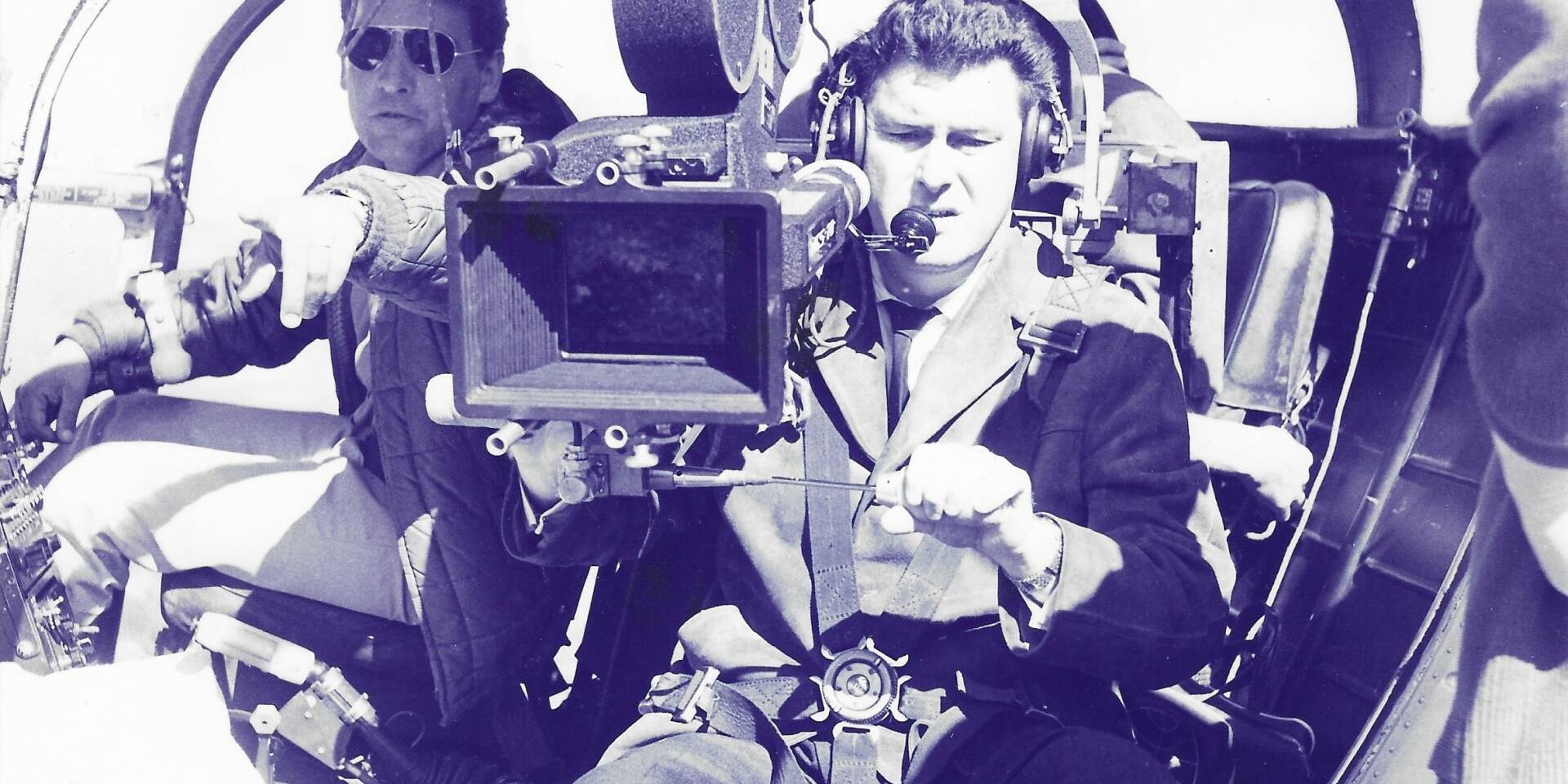
A Brave Cameraman
The Sound of Music owes its perfectly executed sweeping opening shot of Maria walking across the green meadow to the cameraman Paul Beeson. He felt that the only way the shot could be made without casting shadows was to have the camera operator strapped to the outside of the helicopter. Paul Beeson's camera operator refused because he was concerned with his safety while holding a heavy and cumbersome camera and hanging out of a helicopter. No one else would step up to the task so Paul did it himself - totally unprepared dressed in a jacket and tie and afraid of heights! But he was so dedicated to get the right shot he went ahead with the risky task anyway.
Sound of music offers
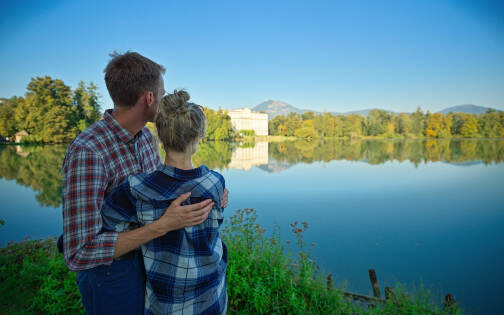
Sound of Music - Private Half-Day Tour
Visit the original film setting in Salzburg and its surroundings

Original Sound of Music Tour® - Tour 1A
Tour the picturesque Salzburg and the beautiful landscapes where the movie The Sound of Music were filmed!
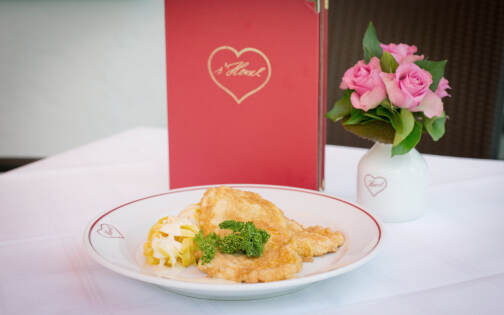
Sound of Music Tour with Schnitzel & Noodles
Enjoy the Original Sound of Music Tour® and a 3-course Sound of Music menu!
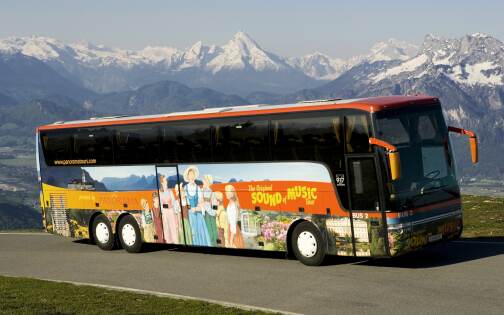
Super Saver: Original Sound of Music Tour® & Salt Mine Tour - Tour 3A+1A
Combine the Salt Mine Tour with our popular Original Sound of Music Tour®
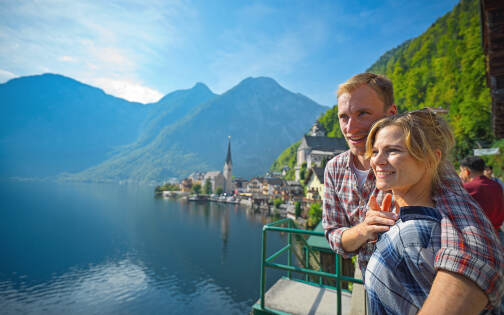
Sound of Music & Hallstatt - Private Full-Day Tour
Combine two highlights: a private Sound of Music Tour and a visit of the picturesque city Hallstatt

Sound of Music Special
Get the best deal for your stay in Salzburg with this Sound of Music package! Discover the city of Salzburg and its surroudings on the Original Sound of Music Tour and find out more about the movie, its filming locations and the Trapp family's true story.
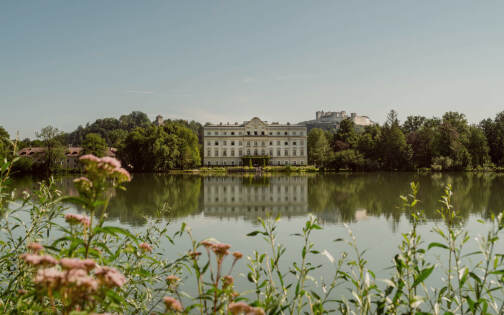
Sound of Music at Schloss Leopoldskron
Stay at the famous Schloss Leopoldskron, one of the film locations from "The Sound of Music" and learn all about the movie and the filming locations on the Original Sound of Music Tour.